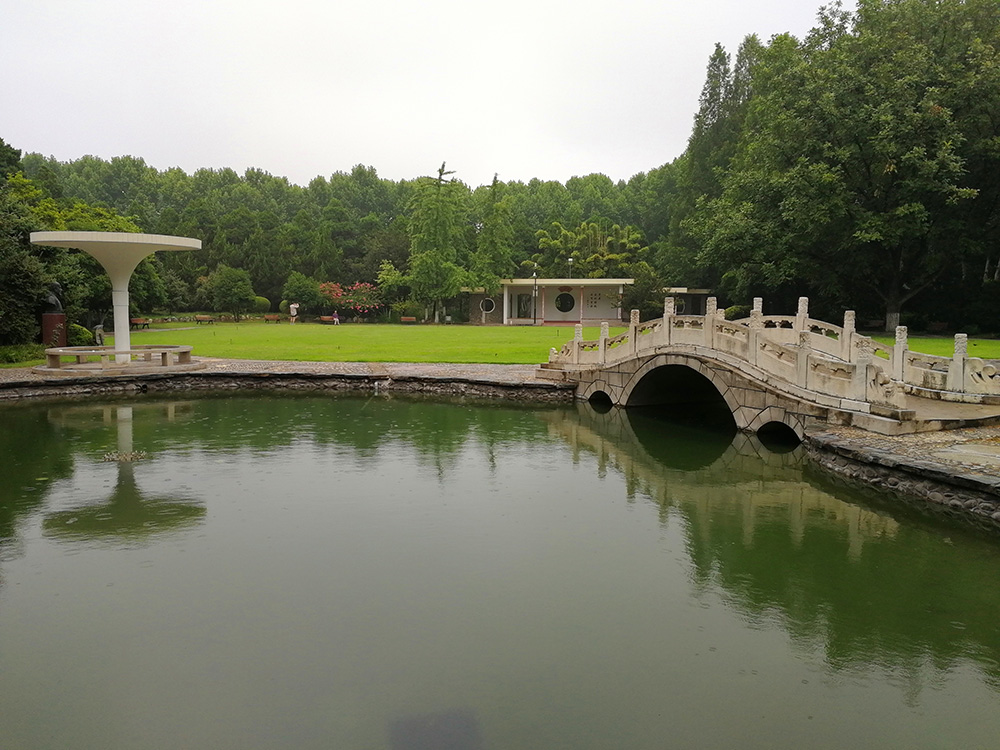Xi’an Jiaotong University

Sharing the same origin as Shanghai Jiaotong University (http://en.xjtu.edu.cn/), the history of Xi’an Jiaotong University can be traced back to the Nanyang Public School established in 1896. Upon the splitting and merger of the University, Xi’an Jiaotong University was born in its current shape in 2000 by merging three higher learning institutions. By the end of the 20th century, the University was among the first batch of universities listed in the “211 Project” and the “985 Project”. Meanwhile, it is also on the list of the “111 Plan” and the Category A universities under the “Double First-Class Initiative”.
The University has four campuses, namely the Xingqing campus, the Yanta campus, the Qujiang campus and the Western China Science & Technology Innovation Harbor (IHarbour). The University has altogether 9 colleges at the undergraduate level, 26 schools, and 20 affiliated educational hospitals. With well-established research strengths in science and engineering disciplines, the University is home to multiple heavy-weight research institutions, including several state key laboratories.
Xi’an Jiaotong University has achieved remarkable academic accomplishments, undertaking multiple National Natural Science Fund projects and National Social Science Fund projects, commended with provincial, ministry and national level prizes. The University also pools its unique academic strength to set up 14 think-tanks together with the Ministry of Civil Affairs, the Central Compilation and Translation Bureau, and other units. The University continues to expand its scientific innovation fields, contribute to economic progress, respond to national expectations, and to cultivate high-caliber talents of integrity and merit.
Xi’an Technological University

Xi’an Technological University (https://en.xatu.edu.cn/), with its predecessor Xi’an No. 2 Industrial College, was upgraded to Xi’an Technological College in 1965 and adopted its present name in 2006. The University was originally directly under the administration of the Ministry of the Ordnance Industry.
The University has two campuses, the Weiyang campus and the Jinhua campus, as well as 15 teaching units, currently offering 56 undergraduate programs, and multiple Master-and-Doctoral degree disciplines, thus forming a complete curriculum provision. The disciplines of the University have a strong influence from the ordnance industry, boasting 5 national defense feature subjects and multiple excellent subjects. The University has put great effort to build the scientific research platform to incubate innovation. Now it is home to numerous national, provincial and ministry level research centers, key laboratories and research bases.
The University strives to make continuous breakthroughs in scientific projects while advancing its teaching quality. In the past years, a large batch of top talents with rich engineering practice and excellent ordnance background have walked out of this University and served in northwestern China and China’s national defense industry.
Xidian University

The genesis of Xidian University (https://en.xidian.edu.cn/) can be traced back to 1931 when the first engineering and technological school founded by the Communist Party of China was born. Upon several rounds of reorganization and mergers, the University adopted its present name as Xidian University in 1988. This key University boasts unique strengths in information and electronic disciplines, with coordinated development of multiple disciplines.
Xidian University has two campuses, the north campus in Yanta district and the south campus in Chang’an district. The education provision of the University is composed of 18 schools, offering 59 undergraduate programs covering a wide and comprehensive range of subjects, including 2 key construction subjects under the “Double First-Class Initiative”, and two national first-class subjects. Based on its outstanding research and teaching strength, the University has reaped many successes in multiple national key construction projects. In 1996, the University was included in the first batch of “Project 211” universities. The University was also home to two innovation platforms for “Project 985” excellent subjects.
With strenuous efforts made in the information and electronics fields, the University has been committed to tackling engineering difficulties and making scientific breakthroughs in the electronics and information technology sectors. Shining records include crucial breakthroughs on China’s first meteorological radar and the first set of three coordinate phased array radars. This University has written a brilliant chapter on advancing information technology development and enhancing the national defense strength.